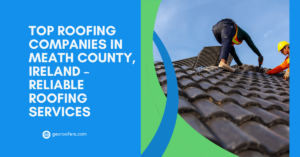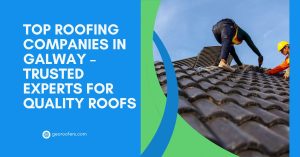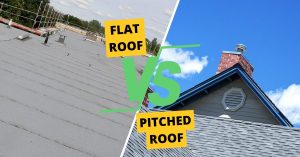In urban landscapes where concrete and asphalt dominate, the idea of introducing greenery seems almost revolutionary. Yet, the concept of green roofs is gaining momentum as cities seek sustainable solutions to combat environmental challenges. From reducing energy costs to improving air quality and managing stormwater, green roofs offer a plethora of benefits. However, like any innovation, they also come with their own set of challenges. In this article, we delve into the world of green roofs, exploring their advantages, disadvantages, and everything in between.
What Exactly is a Green Roof?
Before diving into the benefits and disadvantages, let’s first understand what constitutes a green roof. Essentially, a green roof involves the installation of vegetation atop a building’s roof. Unlike traditional roofs, which are typically covered with materials like asphalt or concrete, green roofs are adorned with various types of vegetation, ranging from grasses and sedums to small trees. This living roof not only adds a touch of greenery to urban landscapes but also serves several practical purposes.
Benefits of Green Roofs
Reducing Urban Heat Island Effect
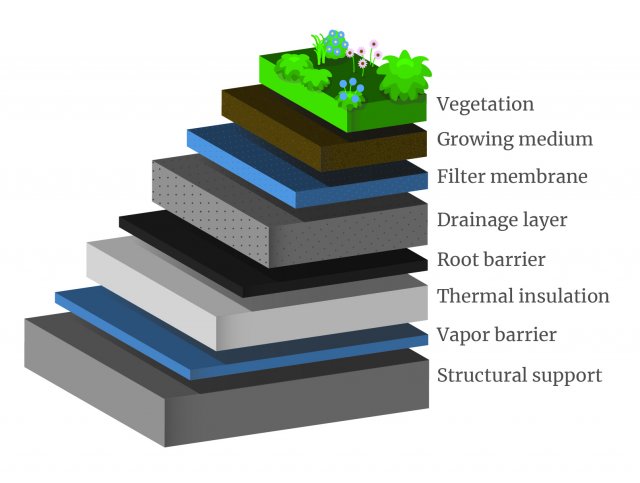
One of the primary benefits of green roofs is their ability to mitigate the urban heat island effect. In densely populated areas, concrete and asphalt absorb and retain heat, leading to elevated temperatures compared to surrounding rural areas. However, the presence of vegetation on green roofs helps to counteract this phenomenon by providing shade and reducing the amount of heat absorbed by buildings, thereby lowering ambient temperatures.
Stormwater Management
Green roofs play a crucial role in managing stormwater runoff in urban environments. By absorbing rainwater and reducing runoff, they alleviate pressure on sewage systems and minimize the risk of flooding during heavy rainfall. The vegetation and growing medium on green roofs act as natural sponges, absorbing and filtering rainwater before gradually releasing it back into the atmosphere through evaporation and transpiration.
Improving Air Quality
Another significant advantage of green roofs is their ability to purify the air. Through the process of photosynthesis, plants absorb carbon dioxide and other pollutants, releasing oxygen into the atmosphere. By introducing greenery into urban areas, green roofs help to reduce air pollution levels and create healthier environments for residents.
Extending Roof Life
In addition to their environmental benefits, green roofs also offer practical advantages for building owners. The layer of vegetation acts as a protective barrier, shielding the roof membrane from UV radiation, extreme temperatures, and physical damage. As a result, green roofs can extend the lifespan of the underlying roofing material, reducing maintenance costs and the need for premature roof replacements.
Disadvantages of Green Roofs
High Initial Costs
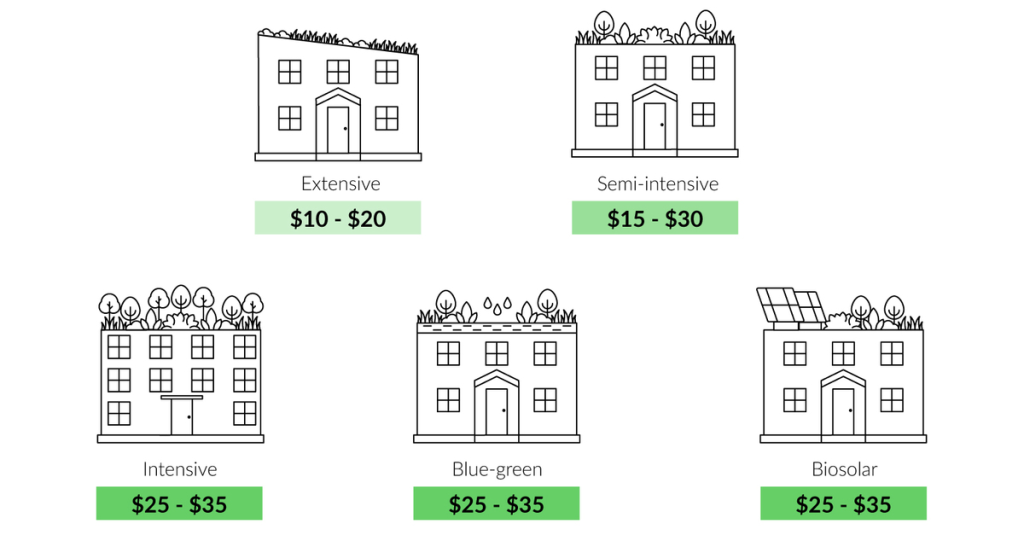
One of the primary drawbacks of green roofs is their high upfront installation costs. Compared to traditional roofing materials, such as asphalt shingles or metal panels, the cost of installing a green roof can be significantly higher due to the additional structural support, waterproofing membranes, and vegetation layers required. While green roofs offer long-term savings in energy costs and maintenance, the initial investment may deter some building owners.
Maintenance Requirements
Maintaining a green roof requires ongoing care and attention to ensure the health and vitality of the vegetation. Regular maintenance tasks may include watering, fertilizing, pruning, and weed control. Additionally, inspections are needed to monitor the condition of the roof membrane, drainage system, and vegetation layers. Failure to adequately maintain a green roof can result in plant die-off, drainage issues, and structural damage.
Weight Load Considerations
Another challenge associated with green roofs is the additional weight they impose on buildings. While most modern structures are designed to accommodate the weight of a green roof, older buildings may require structural reinforcement to support the added load. Before installing a green roof, building owners must conduct a thorough structural analysis to ensure that the existing framework can safely withstand the weight of the vegetation, growing medium, and moisture.
Conclusion
In conclusion, green roofs offer a myriad of benefits, from reducing urban heat island effect and managing stormwater to improving air quality and extending roof life. However, they also come with their fair share of challenges, including high initial costs, maintenance requirements, and weight load considerations. Despite these disadvantages, the environmental and economic advantages of green roofs make them a compelling option for sustainable urban development. By carefully weighing the pros and cons, building owners can make informed decisions about whether green roofs are suitable for their properties.
Key Takeaways
- Green roofs help mitigate the urban heat island effect by reducing ambient temperatures.
- They play a crucial role in managing stormwater runoff and minimizing the risk of flooding.
- Green roofs improve air quality by absorbing carbon dioxide and other pollutants.
- The presence of vegetation extends the lifespan of the roof membrane, reducing maintenance costs.
- However, green roofs require high initial investment, ongoing maintenance, and consideration of structural load capacity.

